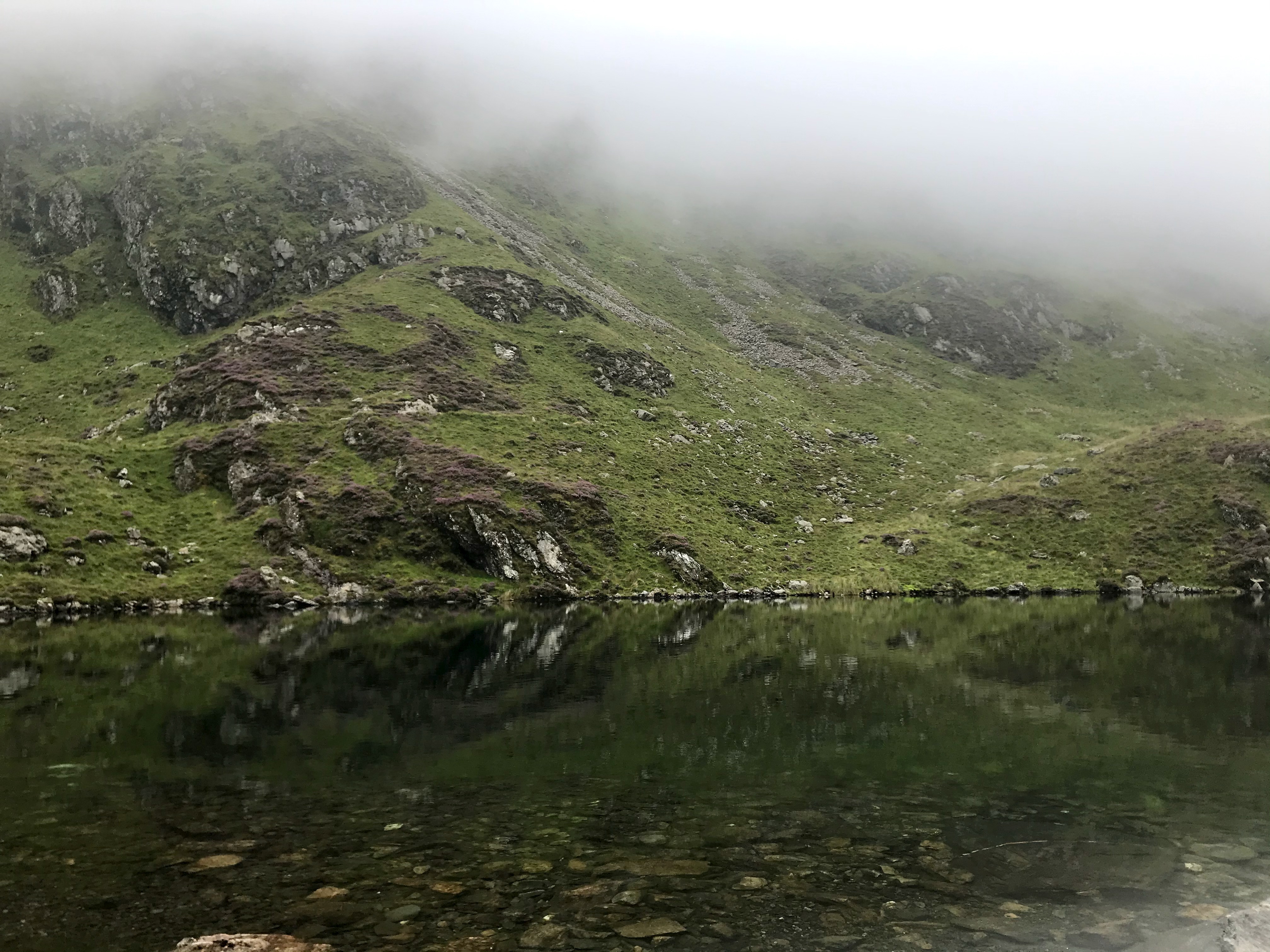How made me a new avatar using his Supercollager tool, featuring a couple of my previous avatars and one of his.
Feeling fresh 💅🏻
How made me a new avatar using his Supercollager tool, featuring a couple of my previous avatars and one of his.
Feeling fresh 💅🏻
I came across this toolkit when searching for examples of community-led design practices for a workshop that Sonia and I are currently running (more on that soon).
It explores how artists and communities can work together towards climate justice. It has a few interviews and case studies, accompanied by a few prompts and reflective exercises centred around building collaborative relationships and spaces for dialogue.
I really liked the list of practices at the end, particularly Ambiguity:
Moments of disorientation create space for unpredictable discovery. How can you challenge existing narratives, leave questions unanswered, and introduce new lines of inquiry? Through open-ended practice, how can you create conditions that scaffold communal discovery? How can you begin with questions rather than answers?
It references a few of my favourite writers, adrienne maree brown and Donna Haraway, and has prompted me to finally read Braiding Sweetgrass, which I’ve wanted to do for a while.
I’m collecting more examples of Community-Led Design Practices on Arena.
I read Jay Springett’s 2020 retrospective and thought I might have a go at writing one too.
Read moreThere is a church on the opposite side of the valley where we’re staying. I’ve really been enjoying hearing the bells, which chime every half hour. Half the time they remind me to stay present and the other half that I need to “jump on a Zoom call”.
I’ve just finished reading Design Justice by Sasha Costanza-Chock. This book really should be required reading for any designer working today.
It builds upon the work and principles of the Design Justice Network, defined as:
Read moreDesign justice rethinks design processes, centers people who are normally marginalized by design, and uses collaborative, creative practices to address the deepest challenges our communities face.
I just tried out this great tool made by Javier Arce. It allows you to send your Kindle highlights directly to an Arena channel (something I used to painstakingly do by hand, block by block).
It recognises which highlights are from different books, and you can select which highlights to add or edit.
✶✶
We made a last minute decision to spend a month on La Gomera, one of the Canary Islands. After six months of rarely travelling outside north London, it feels surreal to be in such a different environment*.
The island is small, roughly circular and very mountainous. This weekend we went for a hike in Garajonay National Park, which was such a contrast to the valley where we’re staying.
The mountains catch the clouds blown in by the trade winds, which means the centre is covered in subtropical forest, called laurisilva. This is the largest remnant of the type of forest that once covered much of Europe and North Africa. It’s quite amazing to wander through… the trees are dripping with lichen and water droplets.

*This is also the closest you can get to the antipodes of Queensland, so I feel right at home.
Over the last few weeks I’ve been trying to apply the principles of Hyperfocus to my work. Productivity books aren’t the kind of thing I’d usually read, but this one has actually been quite useful.
A lot of it just seems like common sense, like recognising that you have a finite amount of attention you can spend in every moment. It’s basically about applying meditation techniques to daily life to make the most of your attention. It starts with being more aware of the kinds of work you’re doing, which parts are purposeful and which parts are unnecessary busy-work.
It’s a lot about intention-setting: intentions for the hyperfocus session (an hour or less), for the day and for the week as well.
He summarises the core idea of hyperfocus as:
Keep one important, complex object of attention in your awareness as you work.
You decide what this object of attention should be, set a timer for how long you want to focus on it, eliminate any distractions and give it your full attention.
As with meditation, if you catch your mind wandering, you gently draw it back to the task at hand.
The counterpoint to hyperfocus is scatterfocus, where you just let your mind wander and observe where it goes. This is where the more creative thinking comes in, associations between otherwise unrelated ideas.
There are a number of other techniques in it that I’ve found really useful, like writing down “open loops” that are distracting or worrying you, and scheduling specific blocks of time to check email each day.
I liked the book because it’s ultimately about working less and making sure you allow yourself to recharge. I am definitely someone who tends to work too much, and tends towards anxiety as well. It was so useful for me to read this because it reminded me that overworking and multitasking doesn’t lead to better results.
I really want to make writing more of a habit.
Alex linked us to Matt Webb’s 15 rules for blogging the other day. Matt suggests that the way to publish often is to not be precious about what you’re writing, and to focus on one thing at a time:
One idea per post. If I find myself launching into another section, cut and paste the extra into a separate draft post, and tie off the original one with the word “Anyway.” Then publish.

A very misty Llyn Cau, halfway up Cadair Idris in Wales.
We hiked most of this trail through low clouds. We noticed it getting warmer as we got closer to the peak, and then suddenly we were above the clouds and in brilliant sunshine.